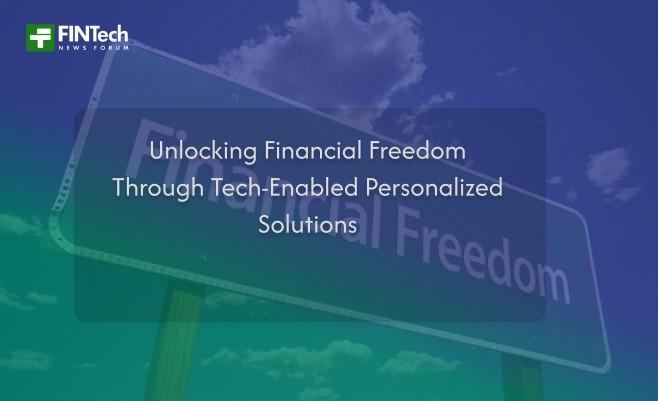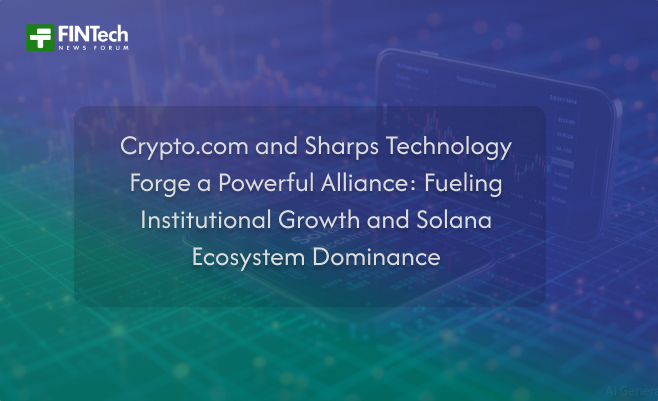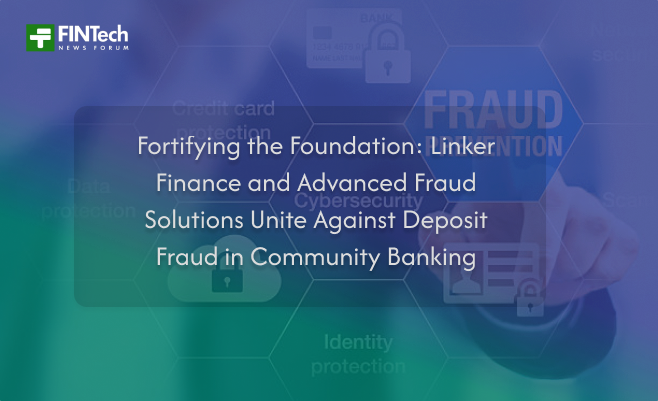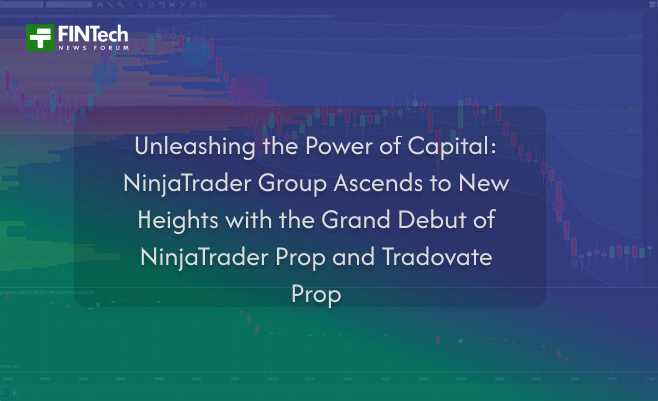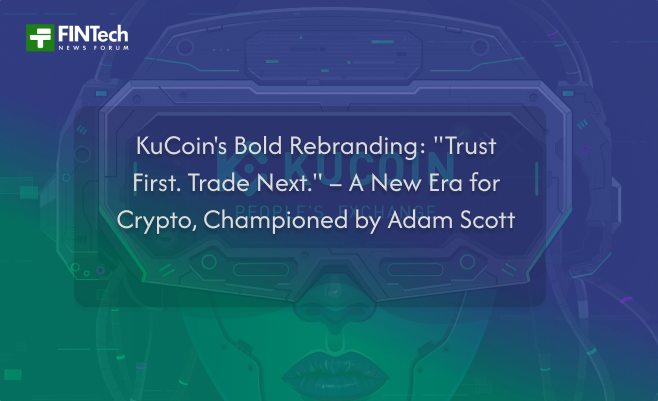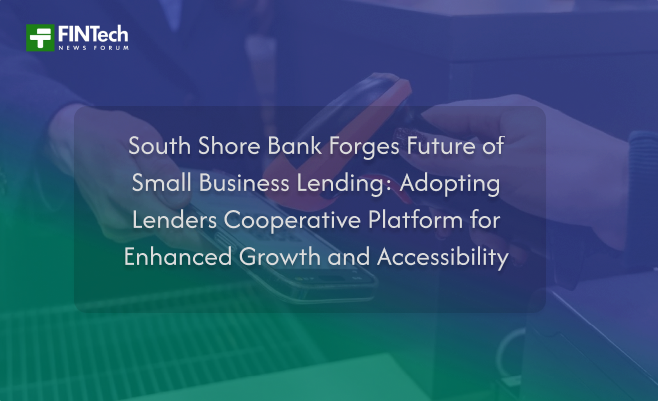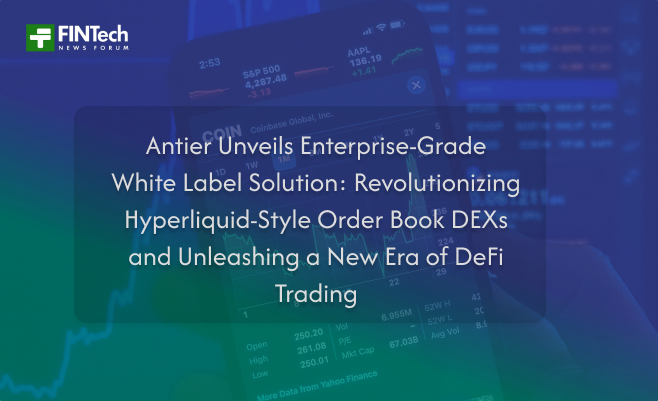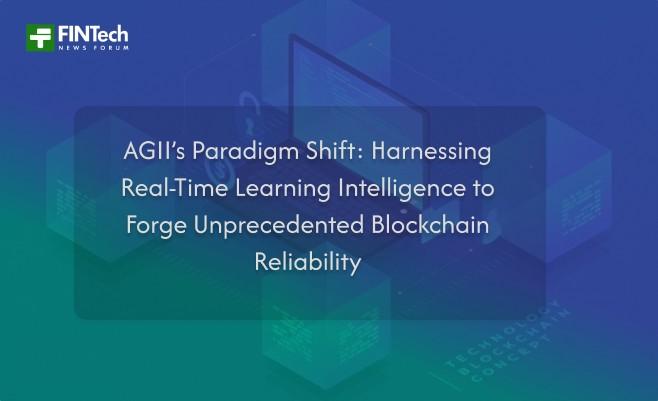
The promise of decentralized ledger technology (DLT) hinges entirely on trust, yet the practical application of blockchain often introduces friction points-unpredictable transaction costs, systemic scalability bottlenecks, and the looming threat of consensus failure. While cryptographic security is foundational, true enterprise adoption demands guaranteed reliability.
Enter AGII: a sophisticated Artificial Global Integrated Intelligence system that is fundamentally changing the calculus of decentralized operations. By incorporating Real-Time Learning Intelligence (RTLI), AGII moves beyond deterministic algorithms and reactive fixes, ushering in an era of predictive, self-optimizing blockchain networks. This integration is not merely an enhancement; it is the necessary evolutionary step to make blockchain robust enough for truly global, mission-critical applications.
The Reliability Imperative: Why Current Blockchains Fall Short
Blockchain technology, in its current state, faces several inherent challenges that undermine consistent reliability:
- The Scalability/Security Trade-off: While many chains sacrifice decentralization to achieve higher transaction throughput (TPS), those committed to true decentralization often suffer from unpredictable congestion and high latency.
- Consensus Fragility: Traditional consensus mechanisms (even advanced PoS systems) rely on static or semi-static rules. They struggle to adapt dynamically to sudden adversarial maneuvers or rapid shifts in network topology, leading to delays, forks, and occasional complete network stalling.
- Smart Contract Volatility: A bug in a smart contract is permanent and immutable. Current auditing processes are slow, heavily manual, and often miss complex, multi-variable logic errors that only emerge under specific transaction sequences or high-load environments.
- Resource Inefficiency: Networks frequently suffer from “gas wars” or unexpected fee spikes because they lack the intelligence to dynamically throttle demand or efficiently allocate processing resources in anticipation of future load.
To overcome these structural limitations, the network must possess the capacity to observe, analyze, predict, and adapt instantaneously-a capability only achievable through advanced RTLI.
AGII’s Engine: The Architecture of Real-Time Learning Intelligence (RTLI)
AGII’s RTLI framework introduces continuous, closed-loop machine learning directly into the operational infrastructure of the blockchain. It functions as a hyper-aware nervous system, managing the subtle complexities that traditional static code cannot address.
The core functionality of AGII’s RTLI is built upon three pillars:
1. High-Frequency Data Ingestion and Normalization
AGII continuously streams data from every operational layer of the blockchain: validator node performance, network latency across geopolitical regions, mempool queue depth, smart contract execution times, gas price volatility, and even subtle changes in code commit activity. This torrent of data is normalized and fed into deep learning models at sub-second intervals. This immediate access to the “pulse” of the network ensures that any developing bottleneck or threat is detected in its infancy.
2. Predictive Modeling and Anomaly Detection
Unlike traditional monitoring systems that simply flag deviations from historical averages, AGII employs predictive models to forecast network variables (such as 10-minute gas price ceilings, 30-minute block finality probability, and potential validator dropout rates).
- Drift Detection: AGII utilizes cutting-edge unsupervised learning to identify “silent failures”-subtle, gradual changes in network behavior that indicate a systemic vulnerability or a sophisticated, slow-moving attack (e.g., a coordination failure among geographically separated validating nodes).
- Adversarial Pattern Recognition: By simulating potential attack vectors (like distributed denial of service or sophisticated flash loan exploits), AGII learns the signatures of adversarial behavior and can preemptively isolate suspicious transaction streams or restrict resource access to potentially compromised nodes.
3. Dynamic and Autonomous Self-Tuning
The crucial distinction of RTLI is its capacity for immediate, autonomous reaction. AGII doesn’t just alert operators; it adjusts the underlying parameters of the decentralized protocol itself. This might involve dynamically changing the block size limit, adjusting the fee market mechanism, or temporarily updating the validator selection criteria to prioritize nodes with proven stability during high-load events. This “self-tuning” capability ensures the blockchain maintains optimal reliability without human intervention during critical stress periods.
Pillar 1: Reengineering Consensus for Adaptive Trust
Consensus is the heart of a reliable blockchain. AGII integrates RTLI to move consensus mechanics from a static rulebook to a dynamically optimized system.
Probabilistic Validator Selection
In Proof of Stake (PoS) systems, validators are usually selected based on stake weight and randomness. AGII adds a layer of intelligence: reliability scoring.
Before a new epoch begins, AGII assesses historical validator performance, focusing not just on uptime, but on metrics like block propagation speed, consistency in attestation, and geographic latency to the overall network. Validators deemed high-risk (perhaps due to sporadic performance or previous minor offenses) receive a lower “reliability probability boost.” This ensures that the network prioritizes a consistent, high-performing set of validators, significantly reducing the probability of failed or delayed finality.
Dynamic Slashing Prevention
A major reliability risk in PoS is unexpected slashing-the punitive removal of a node’s stake due to double-signing or extended downtime. AGII acts as a predictive firewall. It continuously monitors the communication patterns of individual validators. If a node begins exhibiting signatures of instability (e.g., erratic heartbeat signals, sudden spikes in internal latency, or near-misses on block signing deadlines), AGII can temporarily queue that node out of the consensus rotation until stability is confirmed. This proactive isolation minimizes the risk of network-wide instability caused by single-point failures and protects delegators from avoidable losses.
Pillar 2: Predictive Reliability in Smart Contract Execution
The immutability of smart contracts is a double-edged sword. While it guarantees execution as coded, it means errors are permanent. AGII addresses this danger through rigorous, real-time pre-execution analysis.
Execution Path Simulation (EPS)
Before any complex transaction (especially involving decentralized finance operations or cascading contract calls) is fully integrated into a block, AGII runs a rapid Execution Path Simulation (EPS). This simulation considers current network state, existing asset balances, and projected gas costs.
The EPS is designed to flag three critical reliability issues:
- Reentrancy Risk: Identifying scenarios where recursive calls could lead to unauthorized draining of funds, a classic vector for contract failure.
- Resource Exhaustion (Gas Limits): Predicting with high accuracy whether the transaction will run out of gas mid-execution, leading to a failed, resource-wasting transaction and network clog.
- State Contradiction: Detecting if the execution of the contract would lead to an unintended or internally inconsistent network state (e.g., negative balances or mispriced assets), allowing the transaction to be safely rejected before finality.
Automated Vulnerability Identification
AGII trains its models on a massive dataset of historical smart contract attacks and vulnerabilities. When a new contract is deployed, AGII’s RTLI module scans the bytecode, comparing patterns against known exploit signatures. Even after deployment, the system continuously monitors transaction flows specifically targeting that contract. If transaction patterns begin to resemble an adversarial strategy, AGII can raise immediate alerts or, in highly decentralized autonomous organizations (DAOs), even initiate a temporary governance freeze until the anomaly is resolved.
Pillar 3: Optimizing Network Health and Resilience
The overall performance of a decentralized network is dependent on consistent communication and optimal resource allocation.
Dynamic Resource Allocation (DRA)
Traditional blockchains treat all transaction types equally until they hit the mempool. AGII’s Dynamic Resource Allocation (DRA) module uses RTLI to categorize transactions and allocate resources based on both urgency and systemic importance.
For instance, during a period of high congestion, AGII understands that critical network maintenance functions (like validator rotation signals or bridge security updates) must be prioritized over low-value transfers. The system dynamically adjusts the fee market floor and processing resources for different transaction classes, effectively acting as an intelligent load balancer. This prevents critical infrastructure transactions from being indefinitely delayed or priced out during highly congested periods, guaranteeing operational continuity.
Predictive Latency Management
AGII actively maps the global topology of the decentralized network, measuring latency between all major validating clusters. If high latency is detected between two critical regions (perhaps due to external internet infrastructure failure), AGII can proactively reroute block propagation paths or temporarily shift validation responsibility away from the lag-impaired region. This guarantees faster, more reliable block finality, regardless of external infrastructure volatility.
The Shift from Reactive Fixes to Proactive Reliability
The application of AGII’s Real-Time Learning Intelligence fundamentally redefines reliability in the decentralized space.
Historically, blockchain reliability has been reactive: monitoring tools report a failure after it has occurred (e.g., a block missing, a gas spike hitting 1000 Gwei, or a contract being exploited). The goal was damage control.
AGII enables a proactive reliability model:
- Anticipation: The system predicts the likelihood of failure within the next minute or hour based on current telemetry data.
- Mitigation: The AI autonomously adjusts protocol parameters or isolates potential threats before they escalate into network-wide issues.
- Optimization: The network continuously learns the most efficient path to consensus and resource utilization, guaranteeing peak performance even under maximum stress.
This shift transforms the blockchain from a sturdy but rigid structure into a resilient, adaptive organism capable of self-healing and continuous operational improvement.
Conclusion: Forging the Future of Trust
The integration of AGII’s Real-Time Learning Intelligence marks a pivotal moment in the maturity of blockchain technology. By tackling the complex, non-deterministic challenges of decentralized systems with advanced AI, AGII ensures that the promise of decentralization is matched by an unprecedented level of operational reliability.
For institutions, developers, and users alike, this means an end to the unpredictability that has plagued the industry. Blockchains optimized by AGII are not just inherently secure through cryptography; they are functionally reliable through intelligence. This capability is the key differentiator that will unlock true global adoption, cementing decentralized networks as the indisputable backbone of the next generation of financial, logistical, and computational infrastructure.



